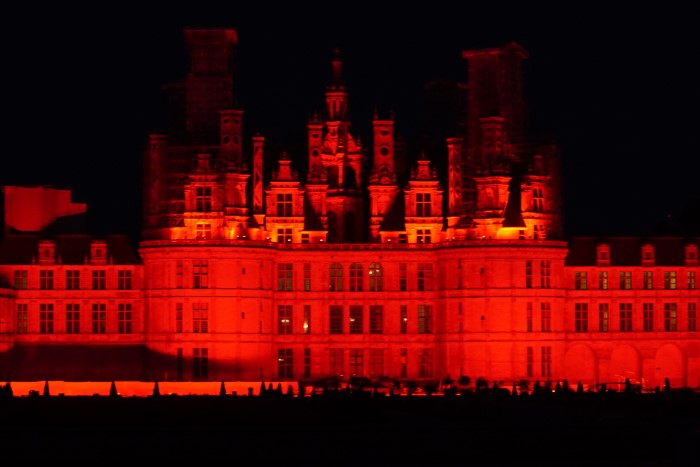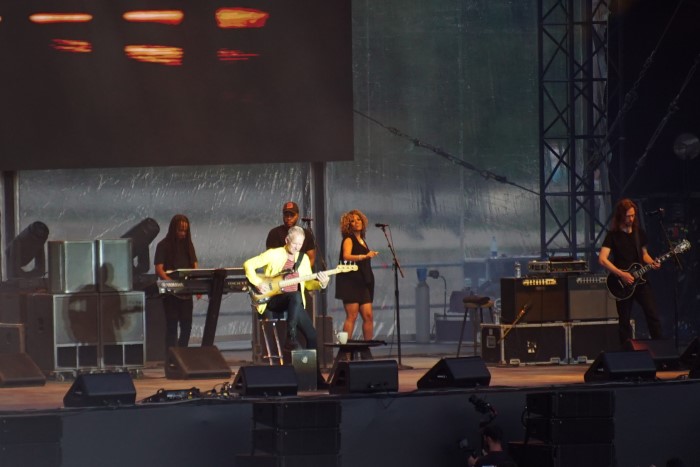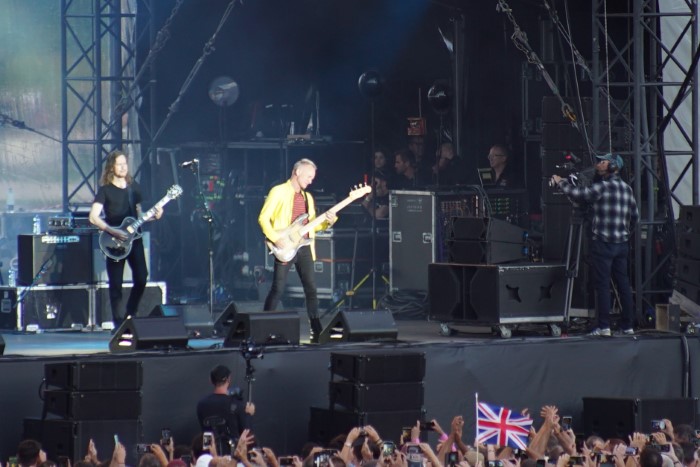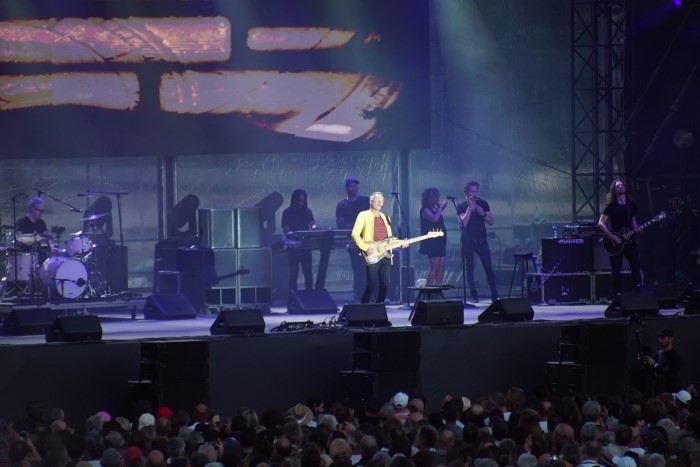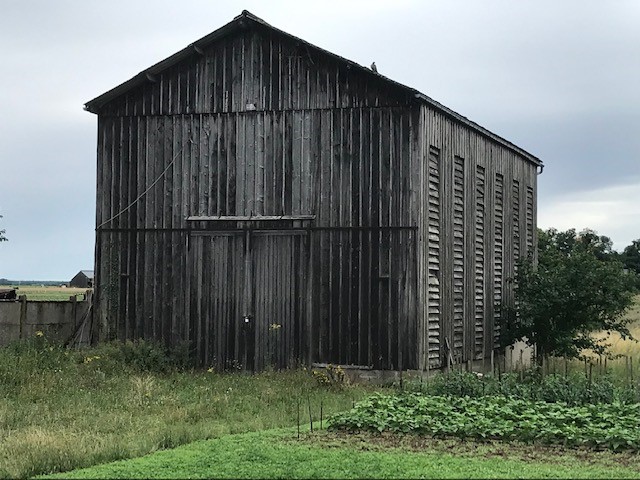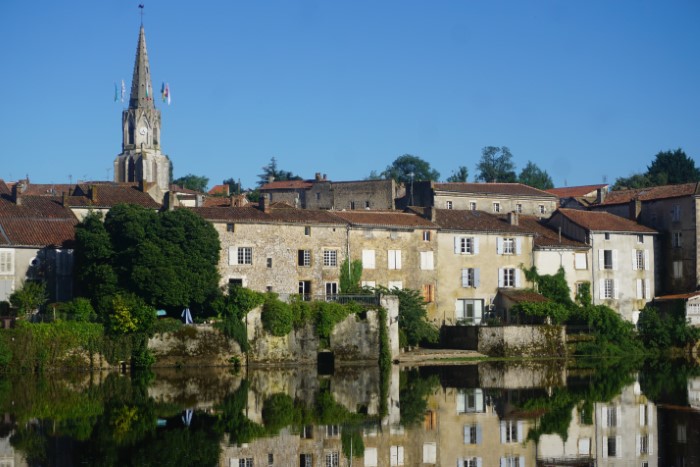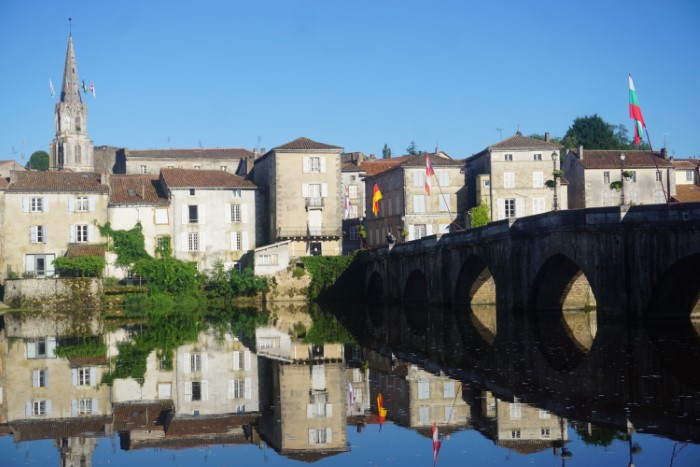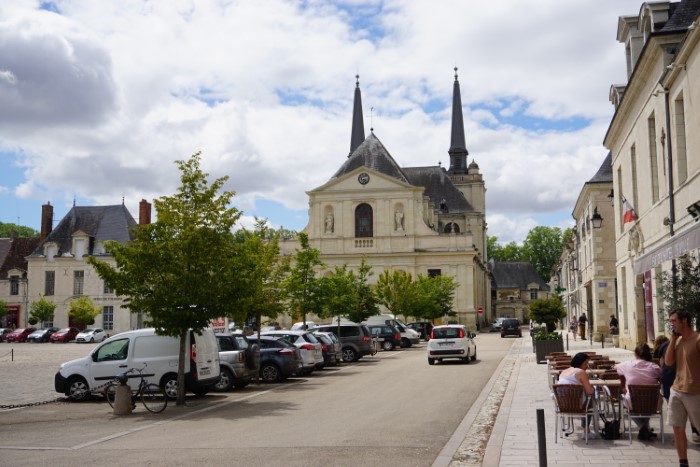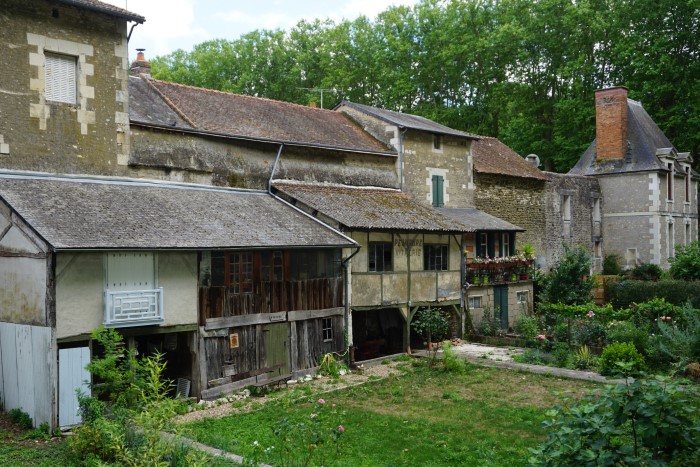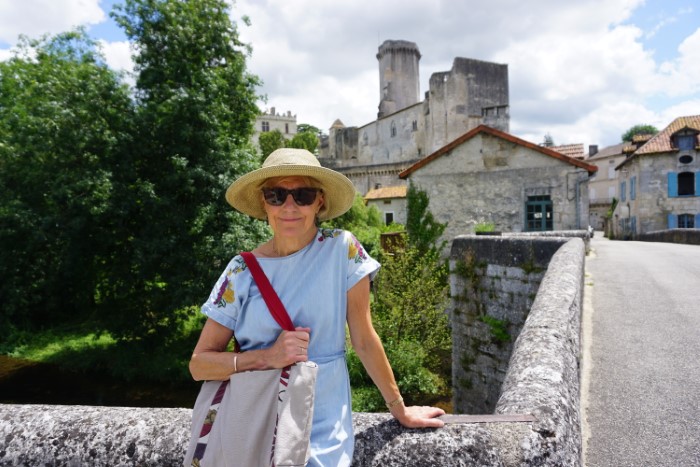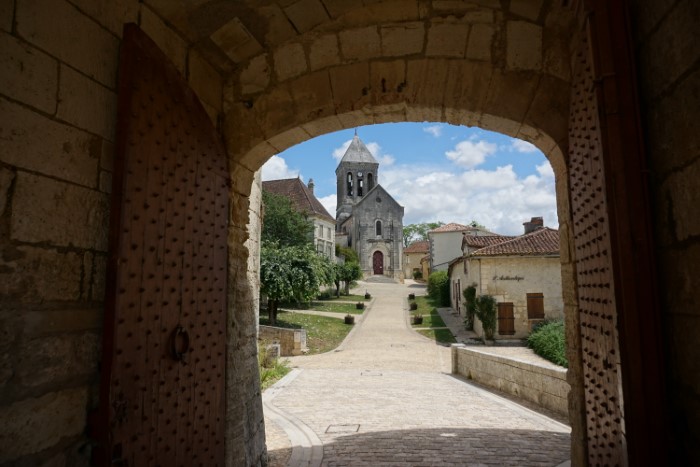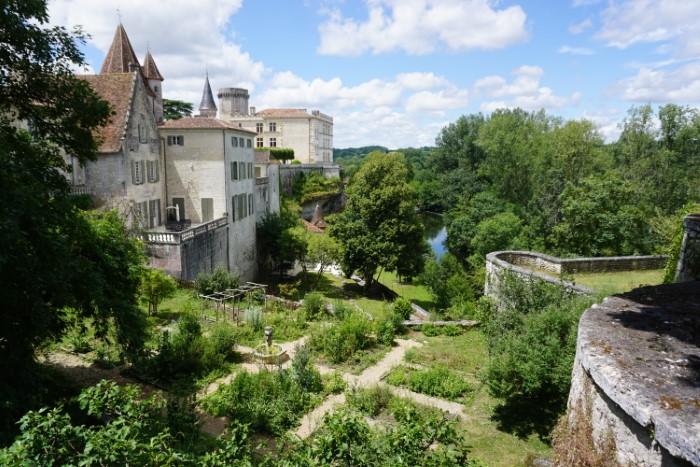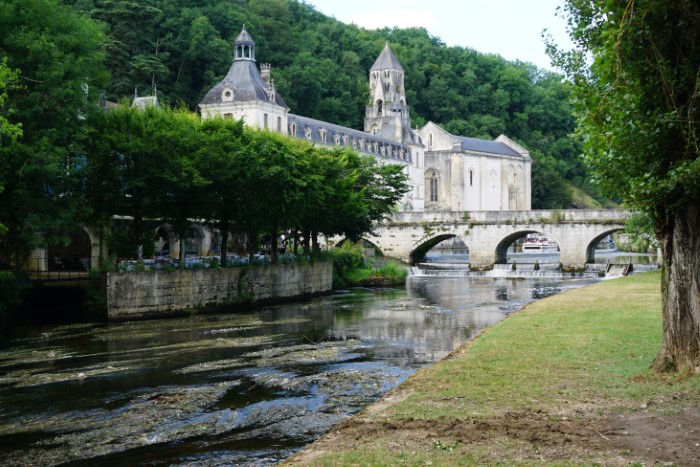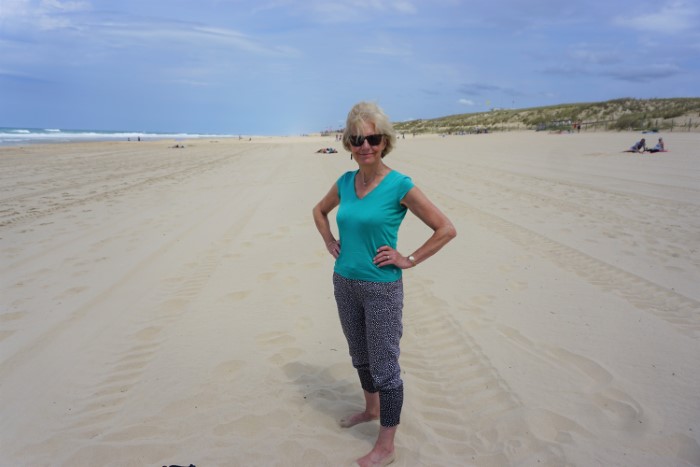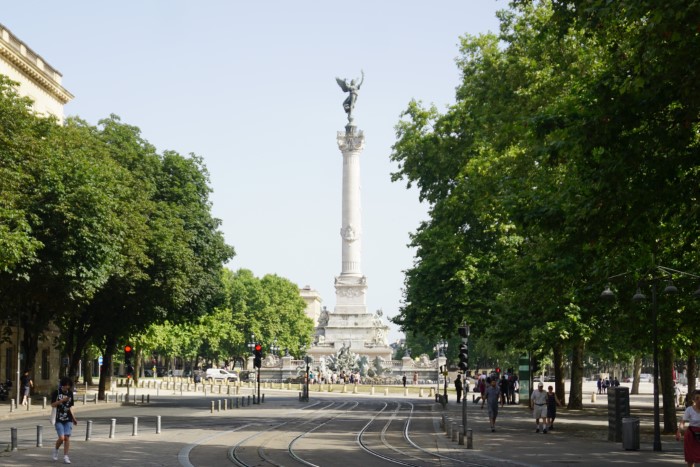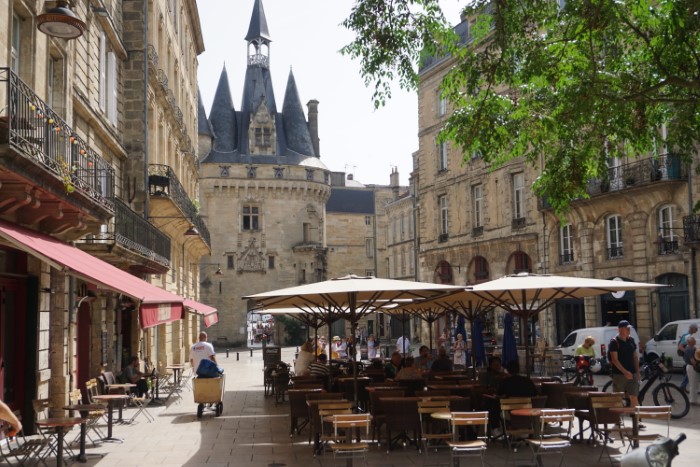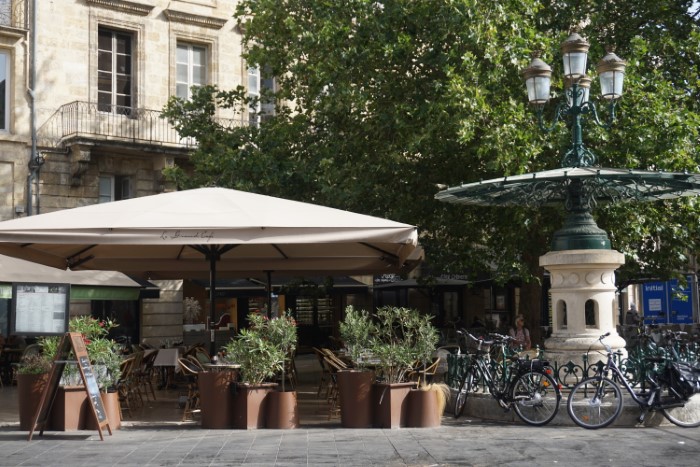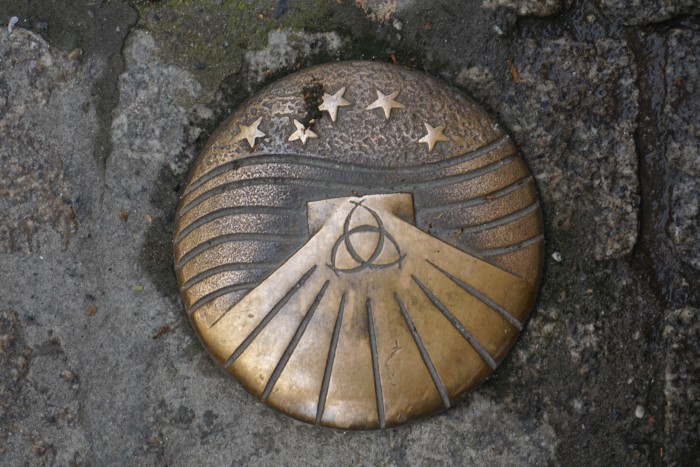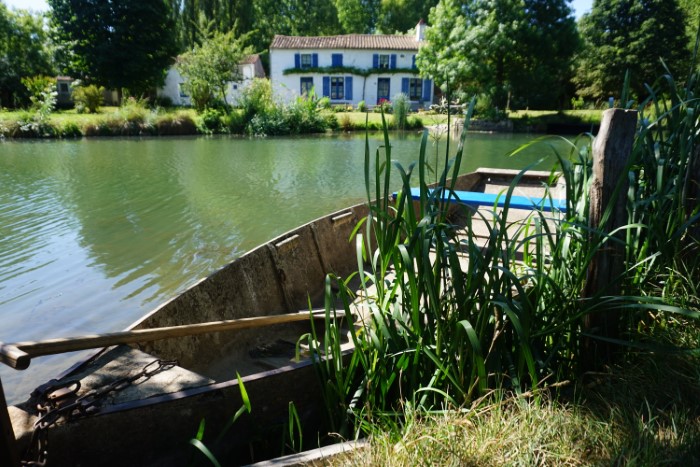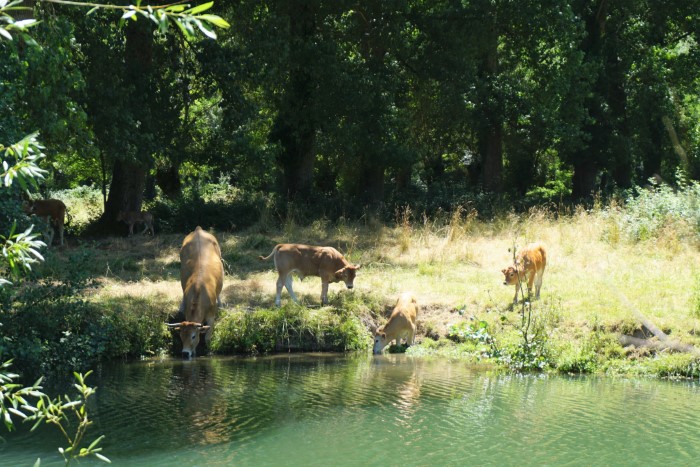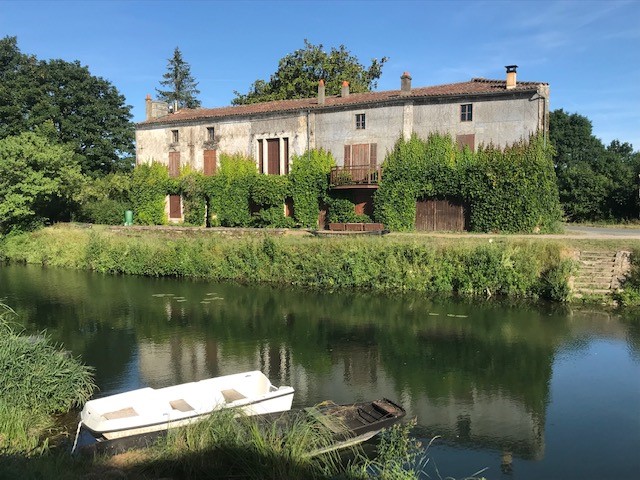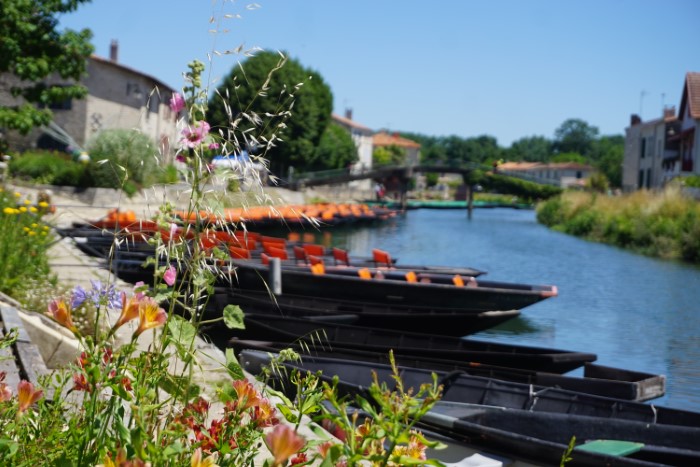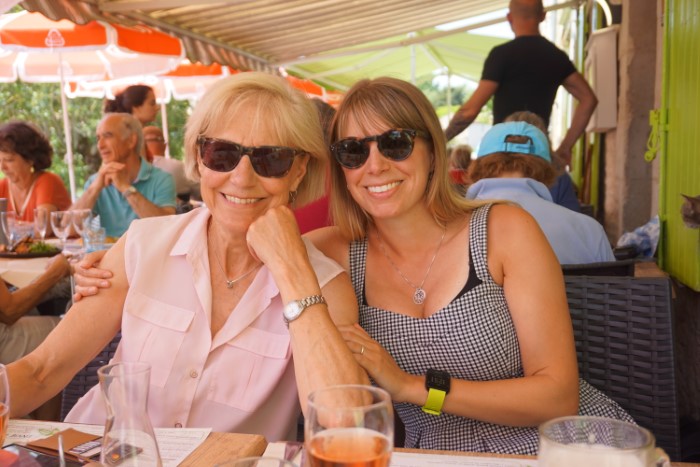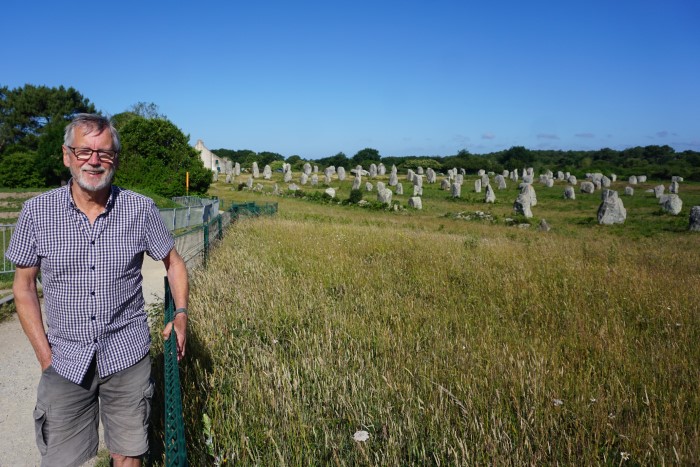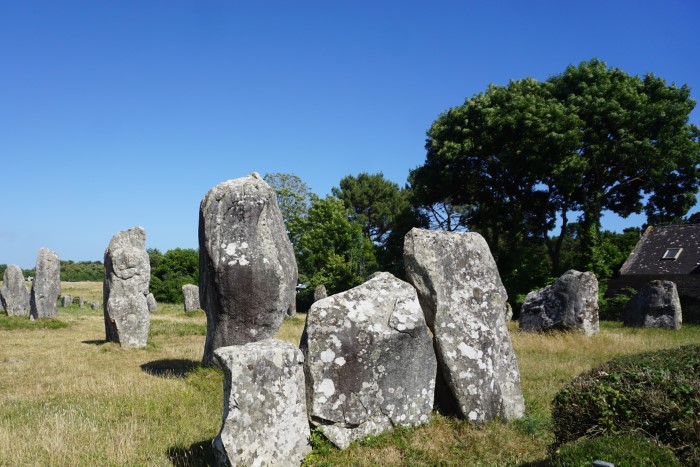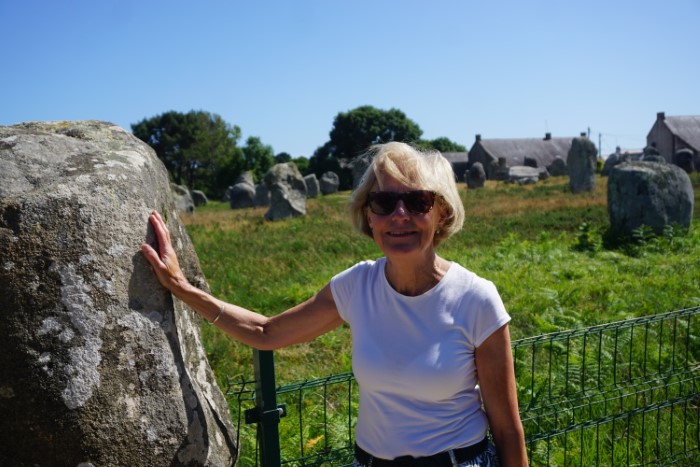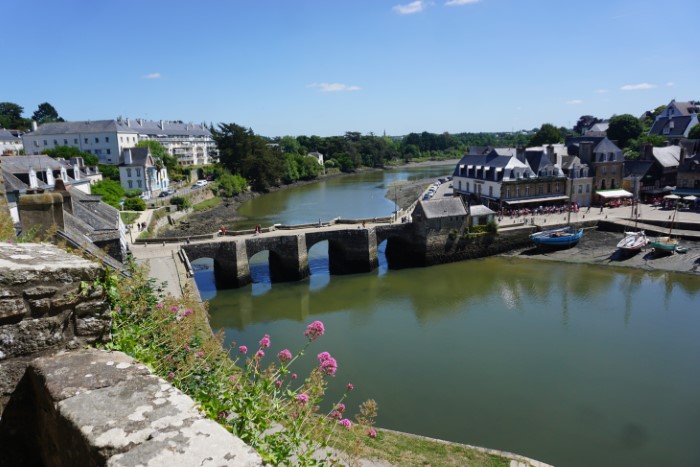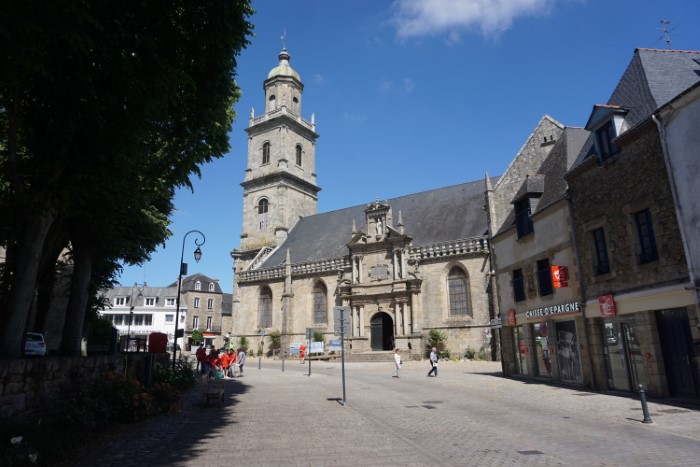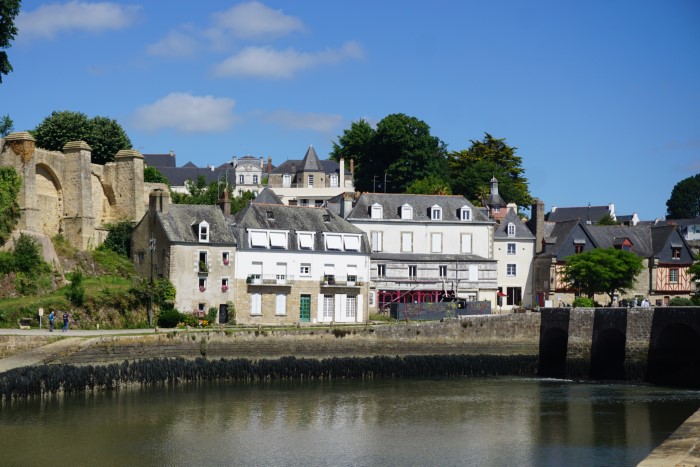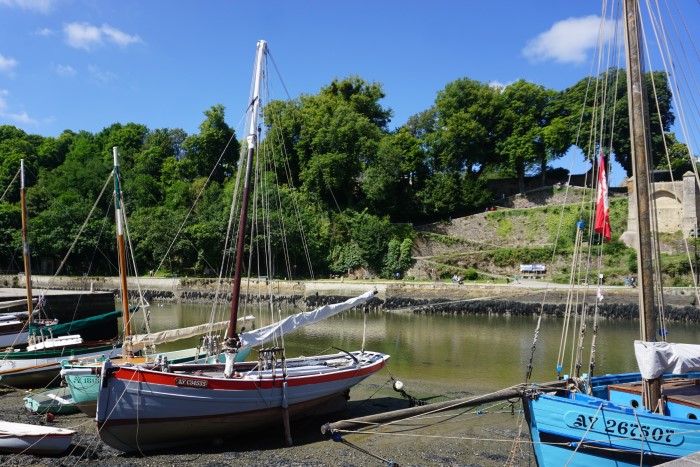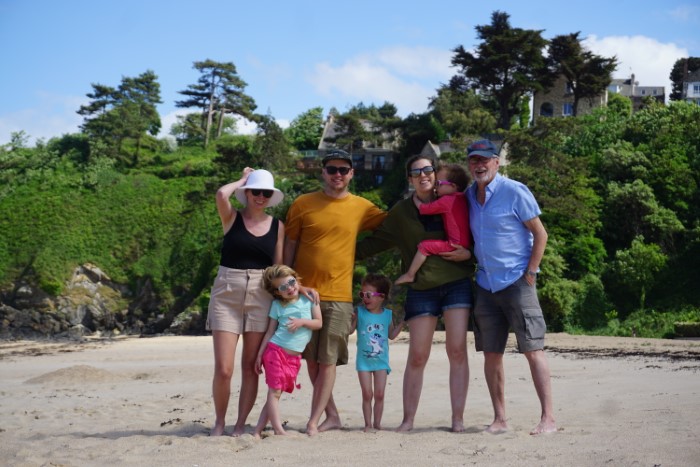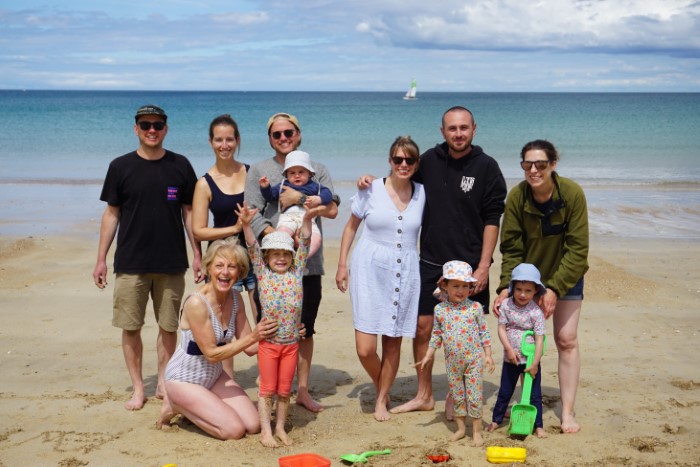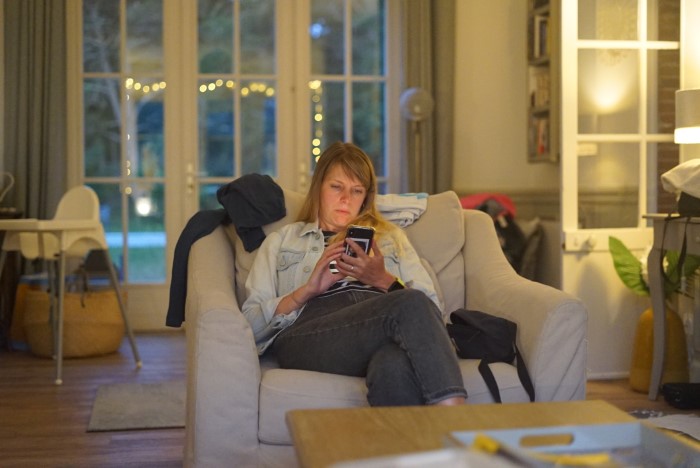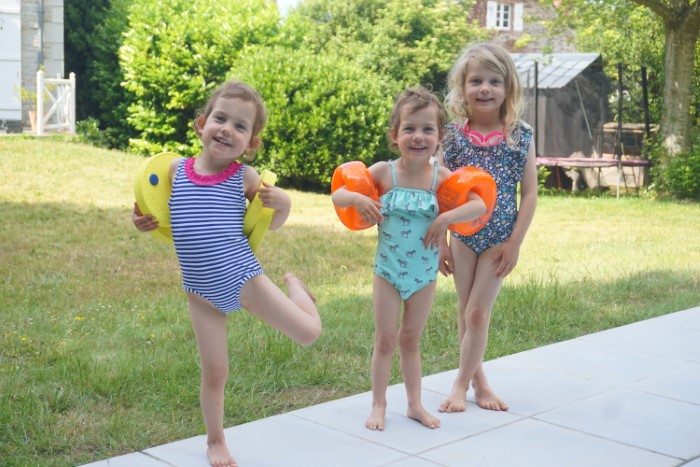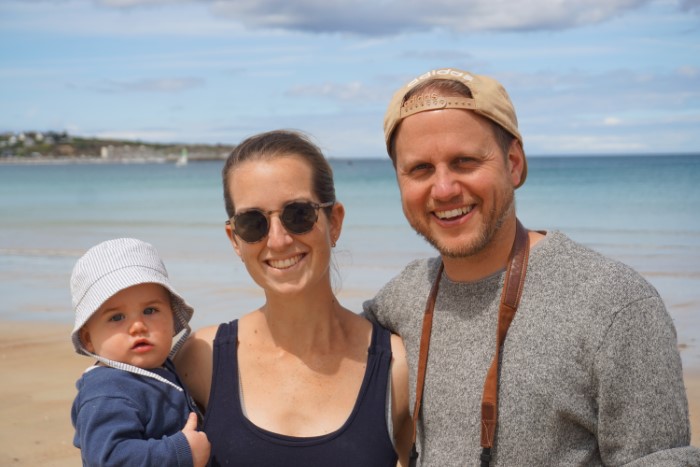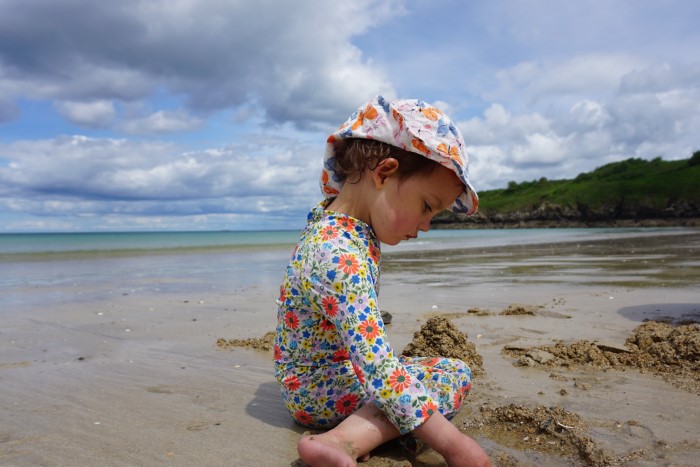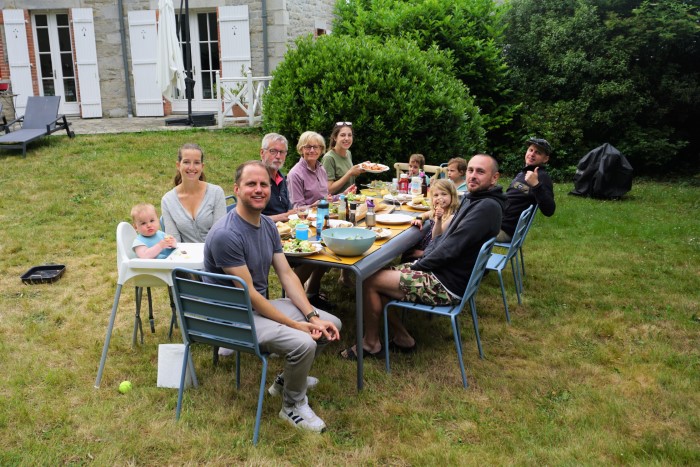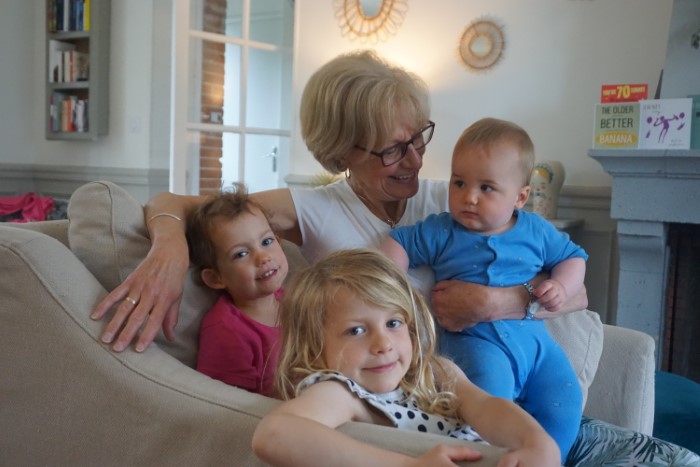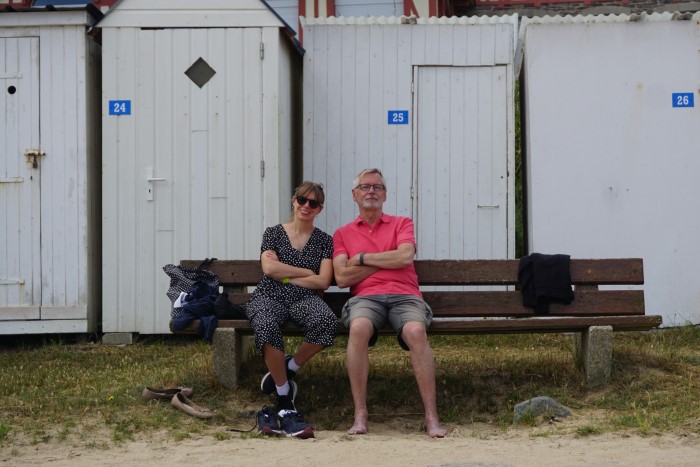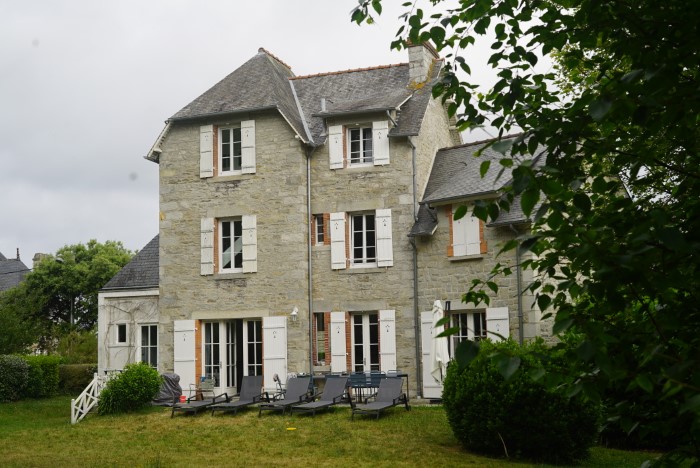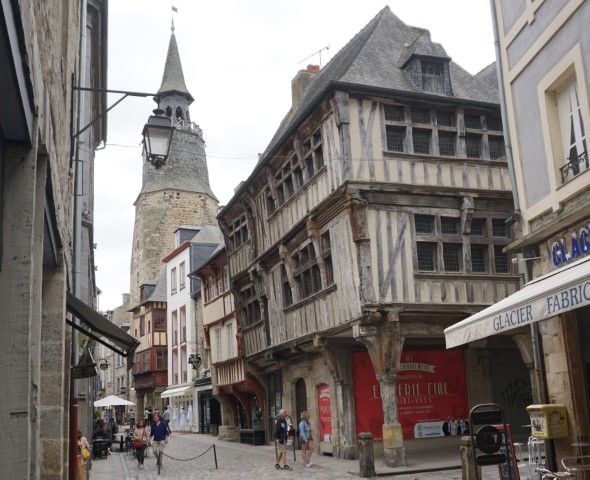We’d originally planned to return to the UK on June 28th, but thanks to the family’s generosity we had a very good reason to extend our stay by an extra day – with a night in a lovely hotel at Beaugency followed by VIP tickets to see Sting just down the road at Chambord.
Beaugency sits on the north bank of the Loire about 15 miles to the east of Blois. It’s a pretty and unspoiled little town steeped in history and an ideal place for a quiet, relaxing evening. The 10th century Eglise de Notre Dame de Beaugency was especially interesting as it was here that the marriage of Eleanor of Aquitaine to Louis VII was annuled in 1152, leaving her free to marry Henry Duke of Normandy – who shortly after became Henry II King of England. The marriage brought Eleanor’s vast lands in the south west of France under the Plantagenet throne and effectively kick-started three hundred years of war between England and France.
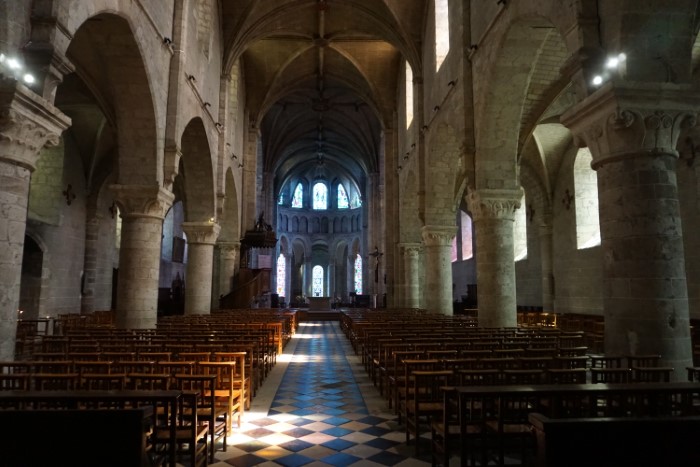 The following day we made our way to Chambord – which must surely be the most impressive and spectacular of the Loire chateaux. Over the years we seem to have developed a knack of timing our visits to beautiful buildings when they’re covered in scaffolding, and this was no exception. Despite the chateau looking a bit as though it had been gift-wrapped for the occasion it was nevertheless undeniably beautiful and a perfect backdrop for the evening’s concert.
The following day we made our way to Chambord – which must surely be the most impressive and spectacular of the Loire chateaux. Over the years we seem to have developed a knack of timing our visits to beautiful buildings when they’re covered in scaffolding, and this was no exception. Despite the chateau looking a bit as though it had been gift-wrapped for the occasion it was nevertheless undeniably beautiful and a perfect backdrop for the evening’s concert.
 Sting was quite simply brilliant. His voice is as good as ever and his ninety minute set, which included many of the songs that we’ve listened to and enjoyed for the past forty years, captivated the audience and provided a wonderful and memorable ending to a great holiday. Thank you family for treating us to this very special evening.
Sting was quite simply brilliant. His voice is as good as ever and his ninety minute set, which included many of the songs that we’ve listened to and enjoyed for the past forty years, captivated the audience and provided a wonderful and memorable ending to a great holiday. Thank you family for treating us to this very special evening.
